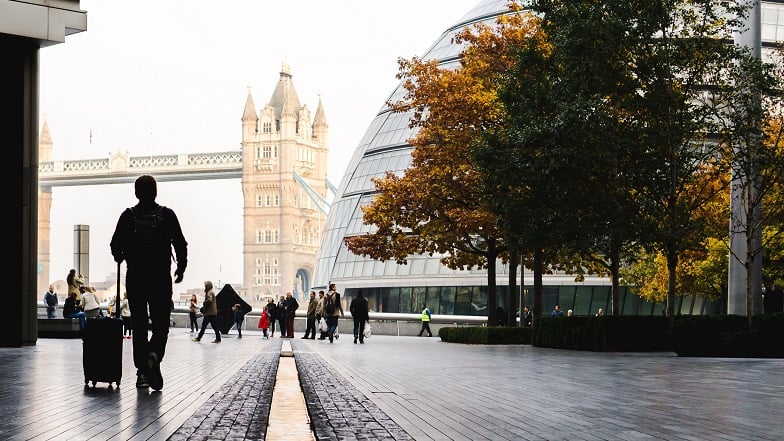Long Haul Travel – Avoiding Deep Vein Thrombosis
How to avoid DVT
Most of us are aware of the dangers of DVT, Deep Vein Thrombosis, and how it’s a serious risk for long haul travellers. Around 1000 of us suffer from it every year in the UK. So what’s it all about, and how can you avoid it?
Here’s some common sense guidance about who is most at risk, what to look out for, what DVT involves, how to treat it and – most important of all – the best ways to prevent it happening in the first place.
What is deep vein thrombosis?
Deep vein thrombosis, AKA venous thrombosis, is basically a blood clot in a deep vein. It happens when your blood thickens abnormally, and while they usually occur in the large veins of the lower leg or thigh they can also pop up elsewhere in the body.
A clot usually causes leg pain and swelling, and can come with nasty complications including pulmonary embolism, where a chunk of the clot breaks off into your bloodstream, travels to the lungs and blocks one of the blood vessels there. If you’re unlucky enough to get both DVT and a pulmonary embolism, it’s called venous thromboembolism or VTE.
Who is most at risk of DVT?
- Anyone can develop DVT, but the older you are the bigger the risk
- If you’ve already had it, or your family has a history of blood clots, that can heighten the risk
- The same goes when you have a serious medical condition like heart failure or cancer
- If you’re particularly inactive, either after an operation or in general, it doesn’t help
- Being overweight puts you at more risk, as does smoking tobacco
About DVT symptoms
You might not notice any symptoms at all. If you do, what are they?
- Aches and pains in your legs, or swelling
- Hot or oddly-coloured skin on your leg
- The veins in your legs stand out more than usual
- You get short of breath
- You might get pains in your chest / upper back
If you notice any of these, get medical help. DVT can be a very serious condition, so get to a doctor as soon as possible. Prompt treatment makes a big difference to the risk of complications.
How can DVT be treated?
- Anticoagulant drugs to help stop the blood clotting so easily
- Special compression stockings to prevent complications and ease the symptoms
How can you avoid deep vein thrombosis?
- Stop smoking
- Get plenty of exercise – walking is great for improving the circulation
- Lose weight
- What about aspirin? It’s a nice idea, but there’s no medical evidence whatsoever that taking aspirin helps cut the risk of DVT
DVT and long haul flights, car and rail journeys
First, what’s ‘long haul’ in a DVT context? It means any journey of six hours or more.
If you are at risk or have had DVT already, it’s essential to see your GP before you fly and get the best / latest / most tailored advice for your personal circumstances. If you haven’t experienced it, it makes good sense to follow these sensible precautions:
- Stay well hydrated – drink plenty of liquids, but not alcohol
- Don’t take sleeping pills – they’ll only make you sit stiller than ever when it’s much better to stay alert and active
- Do regular leg exercises in your seat, for example flexing your ankles
- If it’s at all possible, take frequent walks down the aeroplane or train aisle
- If you’re in a car, stop for regular leg-stretches
- If you have to stop for refuelling or flight transfers, take the opportunity to have a stroll instead of sitting around waiting
- Wear elastic compression stockings
DVT and travel insurance
It’s vital to ensure you have the right travel insurance, and have enough cover against every eventuality. But it’s even more important to tell your insurer up front if you have a pre-existing medical condition like DVT. If you don’t, they’re legally entitled to refuse to pay your claim if you need medical treatment abroad.
